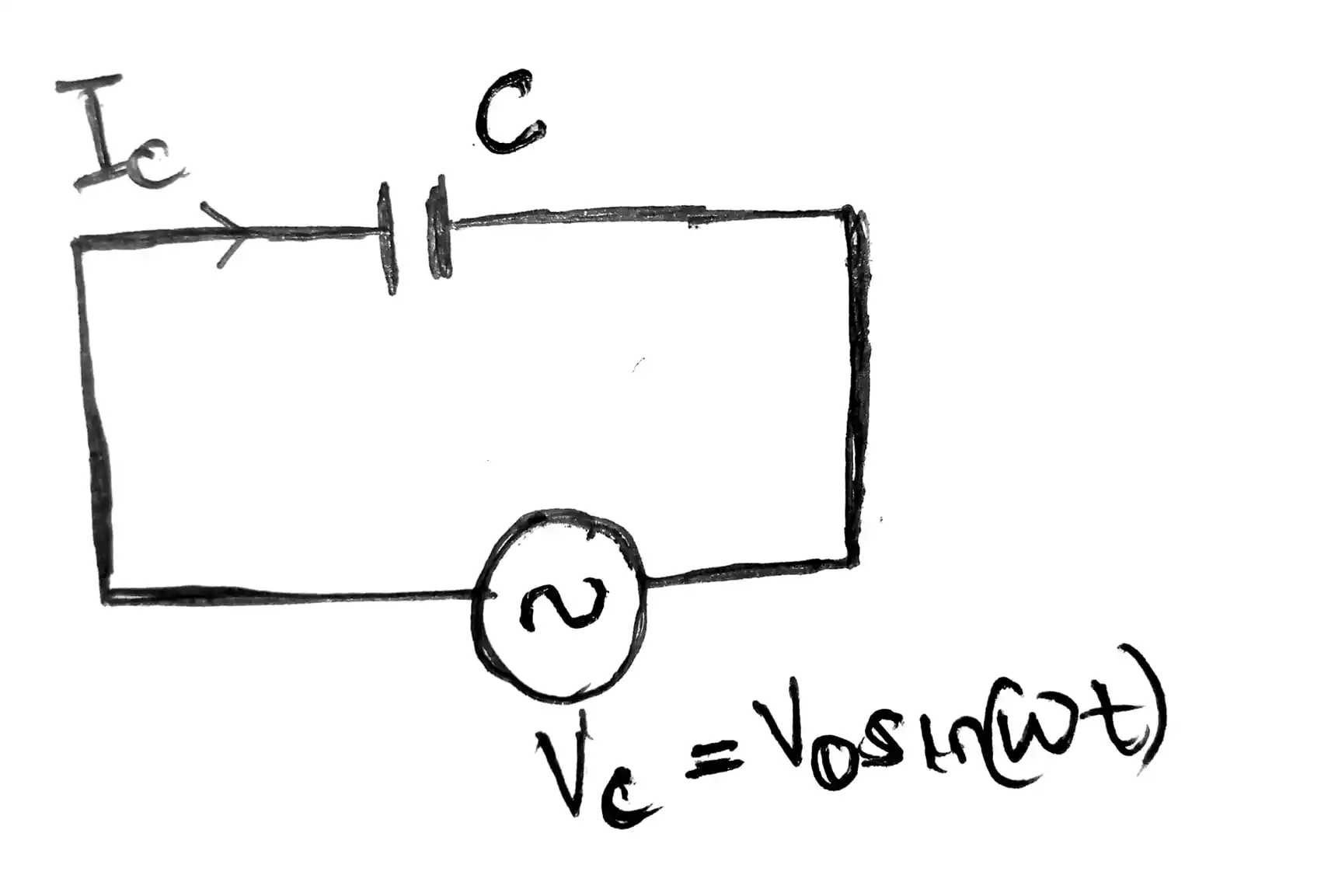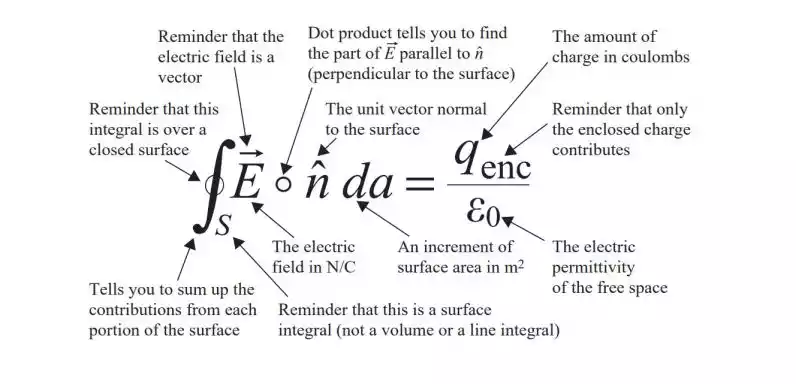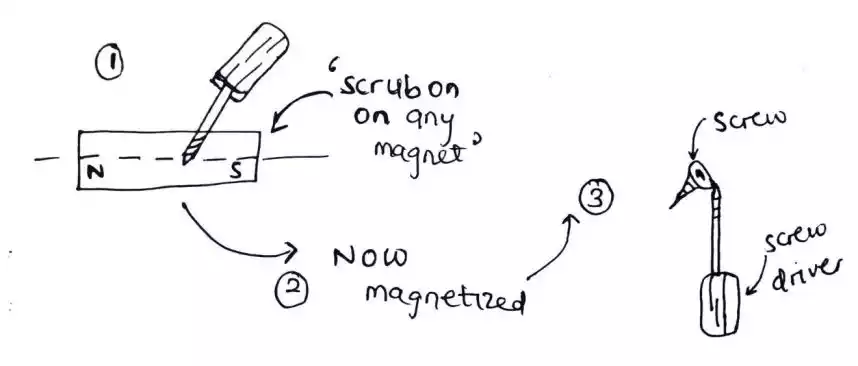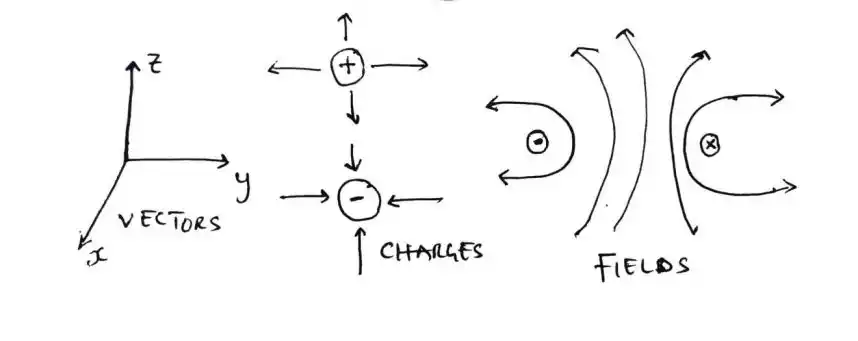The Easiest Way to Study Electromagnetics Theory
As an electrical engineering student, we all have that one course that frightens us and one of them is electromagnetic field theory, sometimes called engineering electromagnetic.
In this section, I would discuss why it is difficult to learn and understand electromagnetic field theory and then proceed to how we can grasp the concepts using some techniques and tips.
Why is electromagnetic field theory difficult to learn?
It is difficult to learn because, it is full of abstractions (meaning concepts that cannot be seen physically with the naked eye except by imagination, experience or by accident) for example an electric field, a magnetic field, or electricity.
And the books used in learning electromagnetic field theory just focus on the technical and calculations aspect rather than giving the whole concepts of most topics in it.
How can we learn electromagnetic fast and easier?
As an advice to you the engineering students, the two things you need in studying and learning electromagnetic field theory is -
- Learn the concepts about each topic while,
- Use the textbooks for solving problems after learning the concepts.
Now let’s talk about a few topics and the concepts behind them.
Vectors
Mostly, the first chapter of every engineering electromagnetic book discusses about vector.
What vector actually signifies is a mathematical tool that helps us to represent stuffs in the real world since we have left, right, up and down then in mathematics,
we can do that with just vector – by saying x direction is representing left, y is representing right and z is representing up or down.
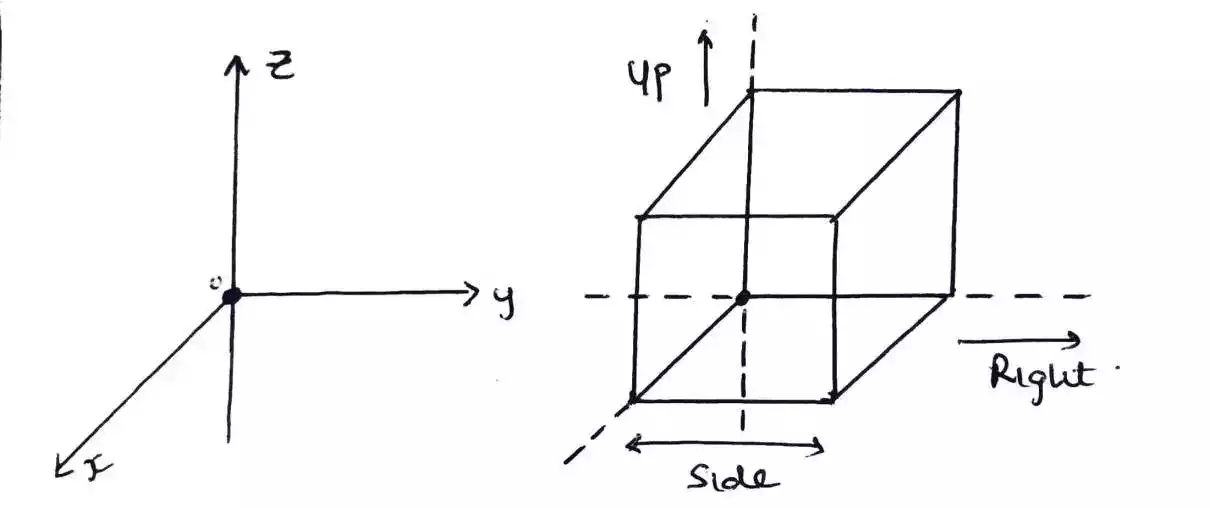
Now when you see anything related to vectors, you don’t just look at it as a mathematical expression or tool only rather, you see it also in the real world.
Coulomb’s law
The second topic mostly, is the coulomb’s law, and it relates the force of attraction between electric charges.
But, here is something frightening, none of us has ever seen an electric charge even though it is drawn in most textbooks as shown below.
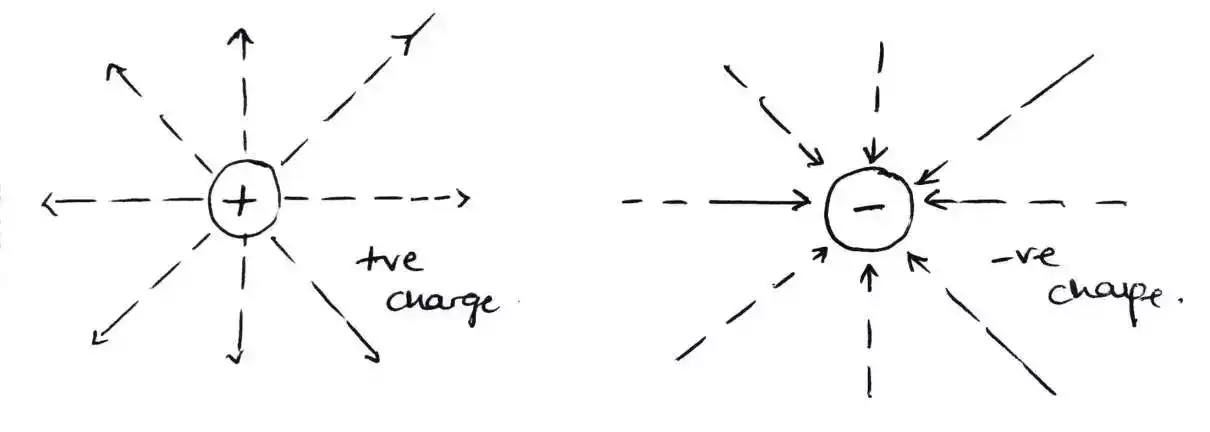
But here’s the only way I can help you understand what an attraction between electric charges seems like.
By getting two pieces of magnets, if you try to keep them as close as possible to each other, they tend to attract but sometimes repels each other.
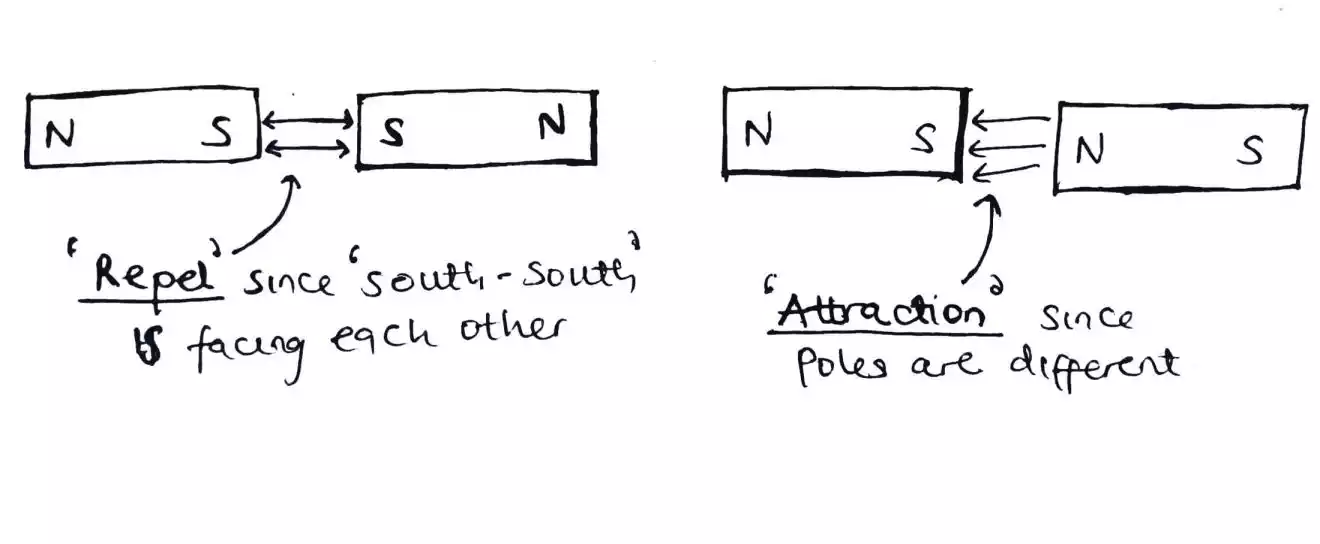
Now, with this concept, you can relate what force of attraction or repelling is with respect to charges.
Another way to experience what an electric charge seem like in the real world is during the summer period when the surrounding is cold, have you ever experienced a shock when trying to lay on bed?
If yes, then that’s little electric charges moving which leads to current and then a spark that later shocks you (don’t panic it doesn’t kill since it happens in a short period of time).
Electric fields
Since we’ve got some ideas on what an electric charge is, and the whole phenomenon of magnetic attraction, let’s discuss what an electric field is.
I know we have never seen it also but, this field can be understood with the same magnetic attraction phenomenon.
If you could remember, as soon you keep those magnets close to each other, they wanted to attract to each other.
Note:
It’s not always the case that they will attract, sometimes they do repel if they are of the same pole.
The space between the magnets that wants them to attract is what we call field and if that field is caused by a magnet, as in our case, we call it a magnetic field.
But if it is caused by an electric charge, then we call it an electric field.
Hence:
The imaginary lines are defined as the fields.
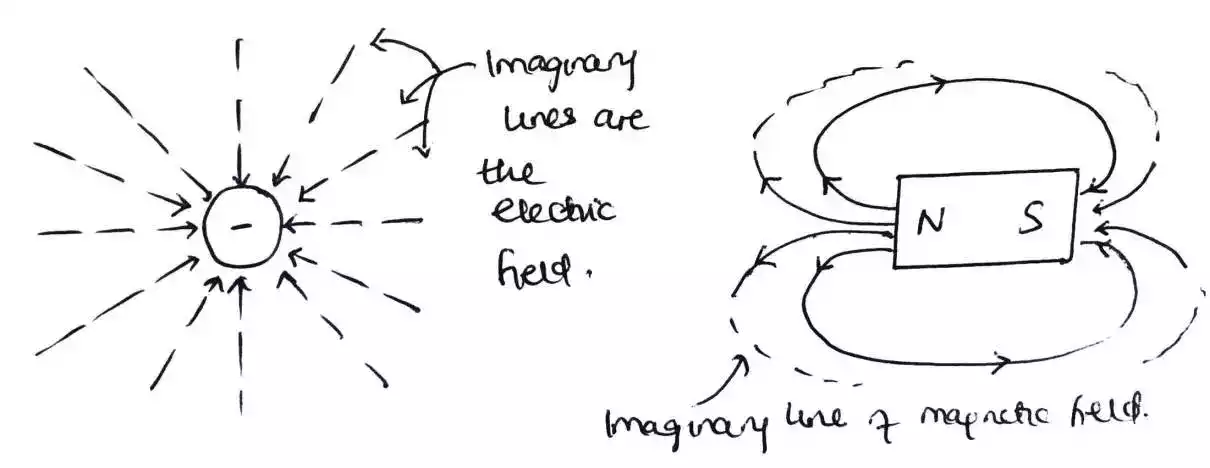
Remember that you can’t see or touch the field, but they are present and the farther you keep the magnets from each other the less the attraction and less the field strength – hope you get the concepts.
With these concepts understood clearly, it can now be easier to get down to solving problems on electromagnetic theory from the basic to amateur level by following examples from textbooks.
Lastly, what I’m trying to figure out is making sure you learn the concepts of these stuffs in real life and then transition into the unreal world where electromagnetic lives.
Also, there are resources that might help fast track your learning journey, and it is summarized in this article.
Read on: Resources to help you learn and understand Electromagnetics field theory from scratch
Lastly, in the subsequent post we will be doing our best to bring forth some cool tips and strategy to help you understand and learn electromagnetic field theory.
And also, breaking down the concepts for each topic to our best of ability – cheers and have a nice day 🎉.

